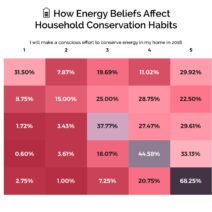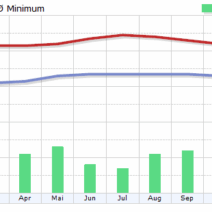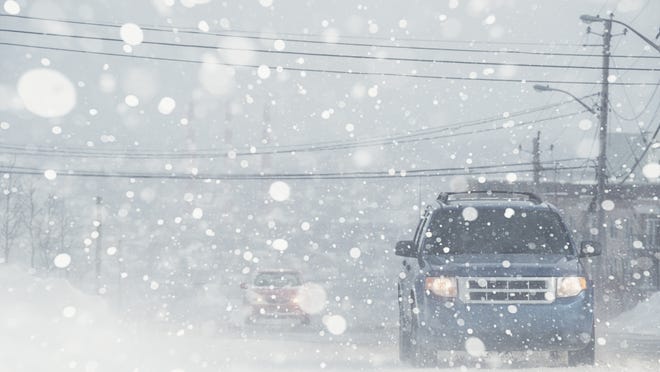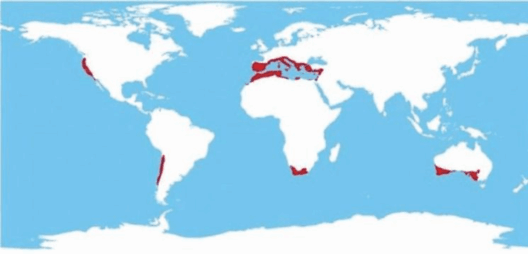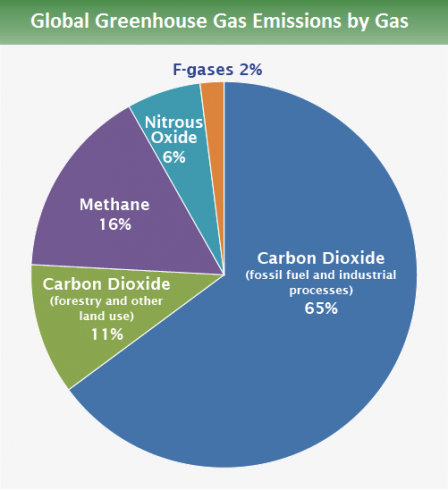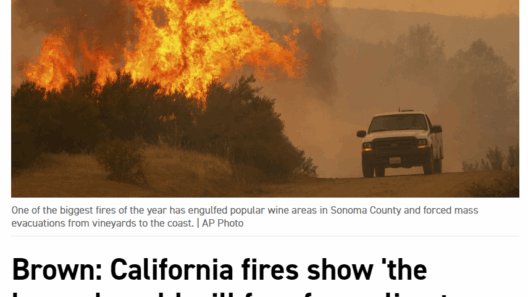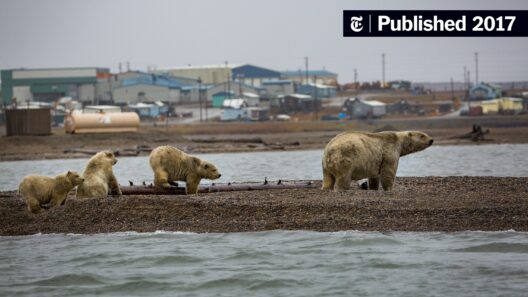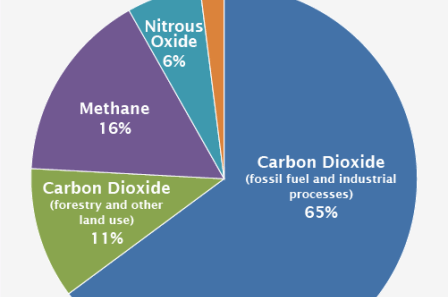As we continue to grapple with the effects of climate change, one pressing question emerges: are monster storms, characterized by their ferocity and destructiveness, becoming the new normal due to global warming? The answer is not only a call for concern but a clarion call for action as we witness unpredictable weather patterns across the globe.
To understand this phenomenon, it is crucial first to define what constitutes a “monster storm.” These meteorological behemoths can take various forms, including hurricanes, typhoons, blizzards, and atmospheric rivers. Each of these storm types exhibits characteristics that are exacerbated by the effects of climate change, leading to heightened intensity and frequency.
One of the most straightforward manifestations of climate change’s effect on weather patterns is observed in hurricanes. Data indicates an increase in the intensity of hurricanes, especially in the Atlantic basin. Warmer ocean waters serve as fuel for these massive storms, intensifying wind speeds and increasing the potential for catastrophic damage. Additionally, rising sea levels, a byproduct of melting polar ice caps, enhance storm surge impacts, further endangering coastal communities.
Research suggests that the frequency of Category 4 and 5 hurricanes has risen in recent decades. Collectively, these storms pose an increased threat not only to human life but also to infrastructure and local economies. With projected global temperature increases, scientists predict that more intense storms may become commonplace, increasing the stakes for preparedness and response strategies.
Moreover, the phenomenon of “atmospheric rivers” has gained attention in the discourse surrounding climate change. These narrow corridors of concentrated moisture in the atmosphere can lead to heavy rainfall and flash floods. As the climate warms, the atmosphere can hold more moisture, resulting in more extreme precipitation events. This has been exemplified by recent incidents in regions that were previously considered safe from such weather extremes, now experiencing devastating floods. The implications for agriculture, water management, and urban planning are profound.
Transitioning from hurricanes to winter storms, it appears counterintuitive to consider the relationship between global warming and severe cold weather events. However, the jet stream—a fast-flowing air current in the upper atmosphere—can be disrupted by warming temperatures. This disruption causes erratic patterns, leading to prolonged cold spells in certain areas and, paradoxically, heavy snowfall. While this winter instability may seem disconnected from climate change, it instead serves as a compelling argument for viewing global warming as a catalyst for extreme weather conditions, irrespective of the season.
Additionally, the increase in frequency and severity of tornadoes cannot be overlooked. Tornados are generally associated with severe thunderstorms, and climate change is projected to alter the conditions under which these storms develop. Increased humidity, along with rising temperatures, creates an environment conducive to the formation of vigorous storm systems capable of producing more intense tornadoes. Communities in the Midwest, for instance, are increasingly experiencing the devastating impacts of these meteorological events, previously thought to be well understood and predictable.
Another concern relevant to the discussion of monster storms is their potential connection to wildfires. While seemingly disparate, heavy storms followed by extreme dryness can create an environment ripe for wildfires. Heavy rainfall encourages vegetation growth; however, subsequent dry spells can turn this growth into fuel for catastrophic wildfires. Regions like California have become all too familiar with this paradox—intense rainfall followed by drought conditions facilitated by climate disruption exacerbates fire risks.
As the frequency and intensity of these storms increase, communities are left to grapple not only with the immediate aftermath but also with broader social and economic implications. Emergency preparedness must adapt to this new reality, focusing on strategies that are not reactive but rather proactive. Investments in resilient infrastructure become imperative for mitigating risks. First responders, urban planners, and policymakers must collaborate to develop comprehensive strategies that incorporate climate data in decision-making processes.
It is equally important to address the aspects of social equity within the context of storm impacts. Vulnerable populations often bear the brunt of these disasters, facing greater risk of displacement and economic hardship. Comprehensive storm response plans must prioritize equity, ensuring that all community members receive the necessary resources and support. Furthermore, educational initiatives aimed at increasing public awareness of storm preparedness are vital for fostering resilient communities.
In conclusion, the realization that monster storms may indeed be the new normal invites a multifaceted approach to addressing the challenges posed by climate change. From the intensification of hurricanes to the unpredictability of winter storms, the evidence is increasingly clear. Weather patterns are no longer static but are evolving in response to a warming planet. Acknowledging and preparing for the implications of these changes is not just a necessity; it is an ethical imperative for safeguarding our societies and ecosystems.
